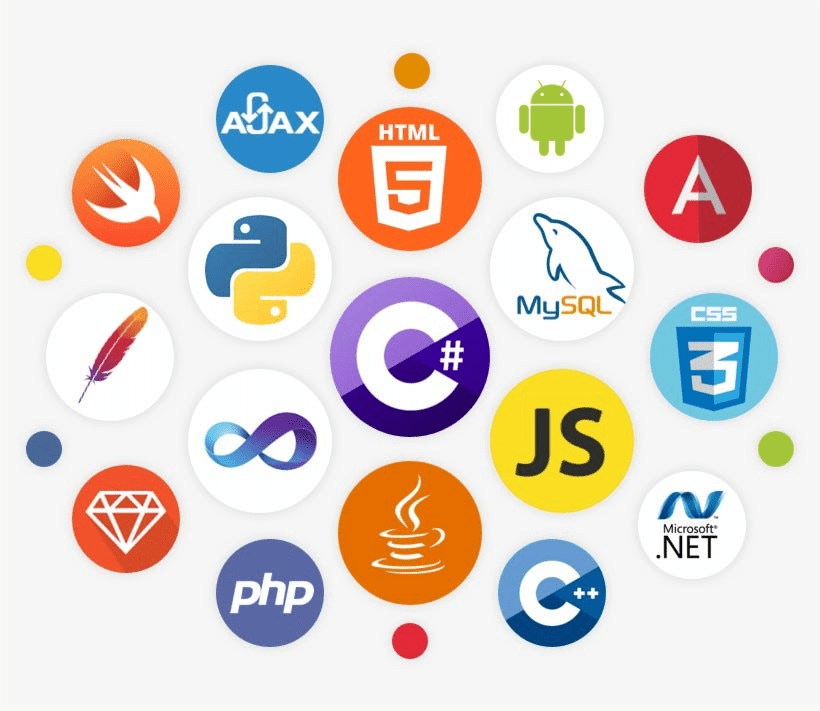In a world where the internet is breaking geographical boundaries and connecting people across continents, it’s interesting how monolingual development remains the norm for software creation. While the comfort of a familiar language can be tempting, sticking to a monolingual approach misses out on a rich ecosystem of languages, each with its own strengths and specialties.
The charm of one source

The charm of sticking to one language is undeniable. This promotes a sense of control and consistency. Developers can use their existing knowledge and avoid the complexities of integrating different languages. They can write code with familiar syntax, which can initially lead to faster development cycles. However, this initial comfort can lead to a loss of possibilities and limitations.
Why Single-Language Might Not Be Enough

The software development environment is far from monolithic. Different languages stand out in some areas. For example, Python dominates data science and uses its powerful libraries to process and analyze data with extraordinary ease. At the same time, Java is a strong pillar of enterprise application development, providing a solid framework and mature tools. By sticking to one language, developers can miss the strengths of others. Performance considerations add another layer of complexity.
Some languages are simply better suited for certain tasks and offer superior speed and efficiency. Imagine building a complex application where real-time computing is critical. While a general-purpose language may suffice for a user interface, it may struggle to keep up with the demands of real-time data analysis. This is where a language like C++, known for its raw speed and hardware affinity, can be a game changer.
The Rise of Multi-Language Projects

True magic lies in embracing the power of many. Thanks to multilingual development, teams can use the best tool for each job. Imagine a data application where Python handles data using intuitive libraries, while a language like Go handles the background and efficiently handles complex computations with inherent concurrency capabilities. This “strength in diversity” brings several benefits:
Optimized performance: The right language for the right task leads to a more efficient and responsive application. Imagine a website where a JavaScript framework like React provides a smooth user experience with a virtual DOM, while a backend written in a compiled language like C++ ensures lightning-fast processing of user requests.
Improved code maintainability: Separating functions across languages improves code organization and maintainability. A well-structured multilingual project is easier to understand, debug and maintain for developers of all backgrounds. Developers familiar with Python can focus on the data science aspects without having to delve into the complexities of a front-end codebase written in Javascript.
Wider pool of talent: When you use multiple languages, you open the door to a larger pool of experienced developers. This is especially important in a world where the need for specialized skills is increasing. A project requiring machine learning expertise may attract developers familiar with Python’s extensive machine learning libraries, while back-end functionality may be handled by developers with experience in Java or Go.
The Evolving Landscape

As technology evolves, frameworks and tools emerge that make it easier to integrate different languages. For example, microservice architectures encourage the development of smaller, independent services written in different languages that all work together to achieve a larger goal.
This modular approach promotes flexibility and simplifies the integration process. In addition, the development of language interoperability makes communication between different languages smoother than ever before. Imagine moving data seamlessly between a Python data science service and a Java backend using a standardized protocol like gRPC.
Conclusion
Multilingual development offers enormous potential, although it creates integration problems and requires more extensive developer skills. With multilingual access, developers unlock optimized performance, better code health, and access to a wider range of capabilities. The future of software is not in one dominant language, but in a symphony created by their harmonious collaboration.
Yes, there are hurdles to overcome – the complexity of integration, the need for developers with a wider range of skills, and the potential additional costs of managing multiple codebases come to mind. However, the potential benefits far outweigh the challenges, making multilingual development a powerful tool in a developer’s arsenal. As the software environment evolves and specialized languages emerge, the ability to use multiple languages becomes an increasingly valuable asset for developers and organizations.
Ready to unlock the potential of multi-language projects? Discover the advantages and make your next
Contact Us Today
